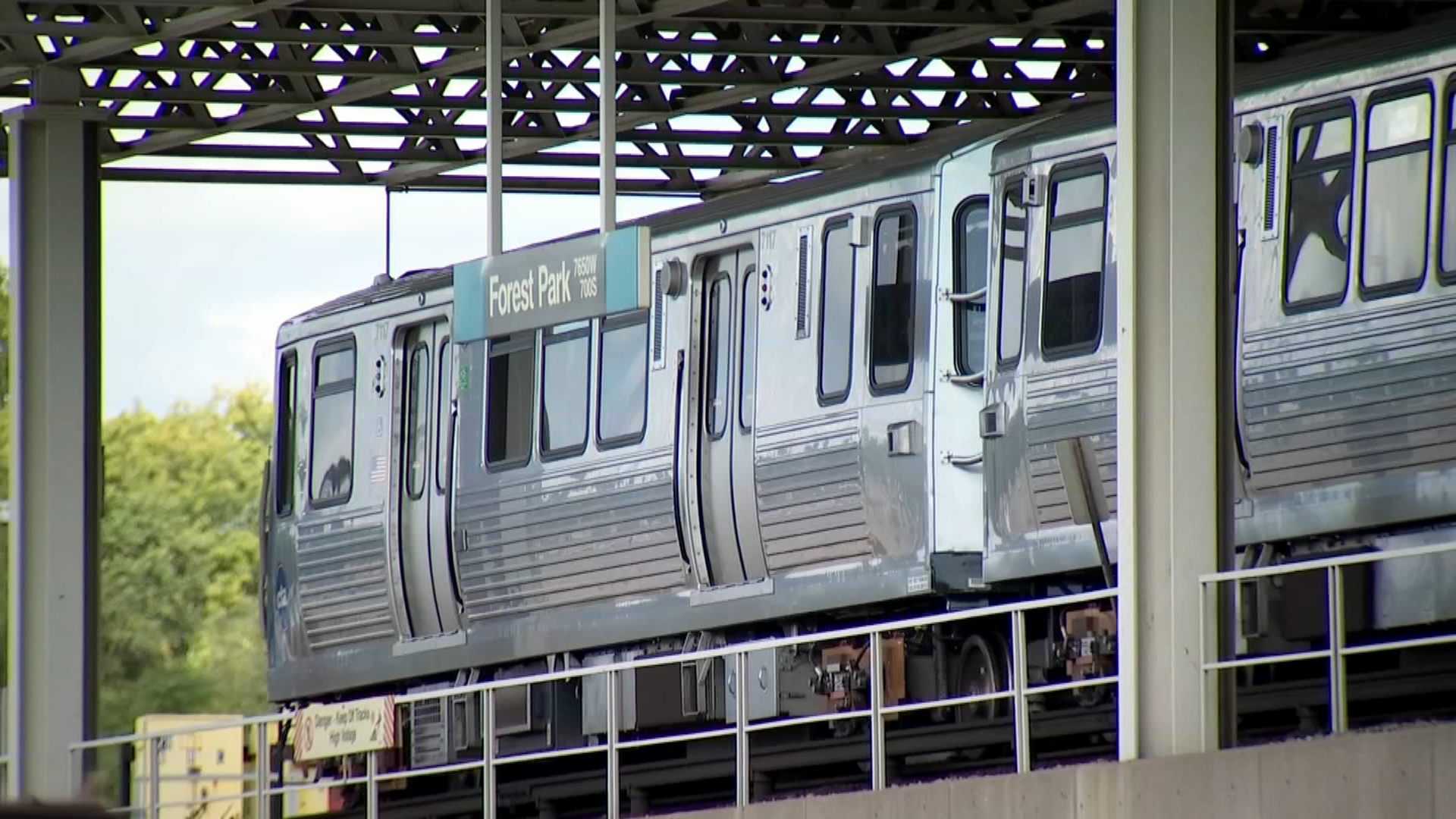You know something’s sketchy in Chicago city finances when Ald. Ed Burke (14) is calling it out.
So it is with the aftermath of Saturday’s “Great Chicago Fire Festival,” a joint production between the city and Redmoon Theater. The event, designed to “celebrate Chicago’s grit, greatness and renewal following the fire of 1871,” was something of a bust when a series of floating sculptures on the Chicago River failed to ignite as planned.
As a result, 30,000 people watched mostly in silence, “standing on the banks of the Chicago River, waiting for something, anything to happen.”
Perhaps not Chicago’s finest moment.
Local
Yet beyond the ignominy of seeing a much-hyped celebration turning into something of a laughingstock, events like Redmoon’s bring into focus much deeper questions over how the city spends its money and where its priorities lie.
During Monday’s City Council Budget hearing, Burke questioned the reported $2 million the city spent to stage the event and wondered why the contracts for the charges weren’t publicly posted.
Which is all well and good, as far as it goes. Everybody likes transparency when it comes to the budget.
But time and again, the city and its leaders fail to ask more important questions over whether or not money spent to boost tourism is money well spent. And for a city that continually claims it’s essentially too broke to provide basic city services, such questions can't be easily swept under the rug.
Back in the 1970s, a number of Rust Belt cities like Chicago experienced the twin blows of economic recession and the loss of a robust manufacturing sector. Downtowns became neglected, city revenue streams dried up and city after city saw its population decline as residents sought greener pastures elsewhere.
As a result, mayors and city leaders sought new ways to revitalize downtowns and balance broken budgets. And, for a city like Chicago, tourism became an easy answer. Make downtown areas friendly to tourists and provide enough attractions, the argument went, and the dollars will start to flow.
Both of the two most recent Chicago mayors—Richard Daley and Rahm Emanuel—have taken this formula as gospel throughout their administrations. Mayor Daley created the downtown Millennium Park, for example, an iconic location now known and celebrated the world over, and spent millions sprucing up once neglected areas with trees, wrought iron fencing and more.
The reality is that in 2014, Chicago is doing just fine on the tourism front, thank you very much. While Mayor Emanuel has set for his own administration a goal of 55 million annual tourist visits by 2020, the city is already breaking records over the number of people who show up every year—and how much money they bring.
In 2012, Chicago drew 46.2 million visitors. In 2013, the number was 48.4 million. In 2012, travel expenditures hit a record $12.76 billion, up 6.7 percent from the year before. All told, tourists brought in $805.6 million in total tax revenues in 2012.
However, while we can celebrate Chicago as a global tourist destination, the other side of the ledger doesn’t always look so pretty. For every tourism success story, there are others that didn't pan out, cost way too much money or end up serving only a selected few Chicago residents.
For example, Daley spent almost $500 million to build the downtown Millennium Park—much more than initial estimates.
The city is also currently borrowing $21 million to pay for a dormant swath of land earmarked by Daley for his dream of hosting the 2016 Olympics, which could ultimately cost taxpayers as much as $134 million during the next decade.
And then there’s the $55 million being spent on a new hotel for the McCormick Event Center, home to a new DePaul University basketball arena. Plus, the priceless lakefront land and untold dollars that will be spent building the George Lucas Museum. As well, the city looks to spend probably millions in hosting the NFL Draft in 2015, especially with an outdoor fan festival in Grant Park for all three days of the event.
All in service of attracting more tourists to Chicago.
For a city that can’t keep its mental health clinics operating, public schools open or pay it’s pension bills, those dollars spent on attracting tourists who are already coming here in droves isn’t exactly chicken feed.
And while hosting a festival celebrating Chicago’s “grit and greatness” may sound like a good idea on paper, the question becomes:
How many hours of mental health services desperately needed by Chicago residents does $2 million buy?



